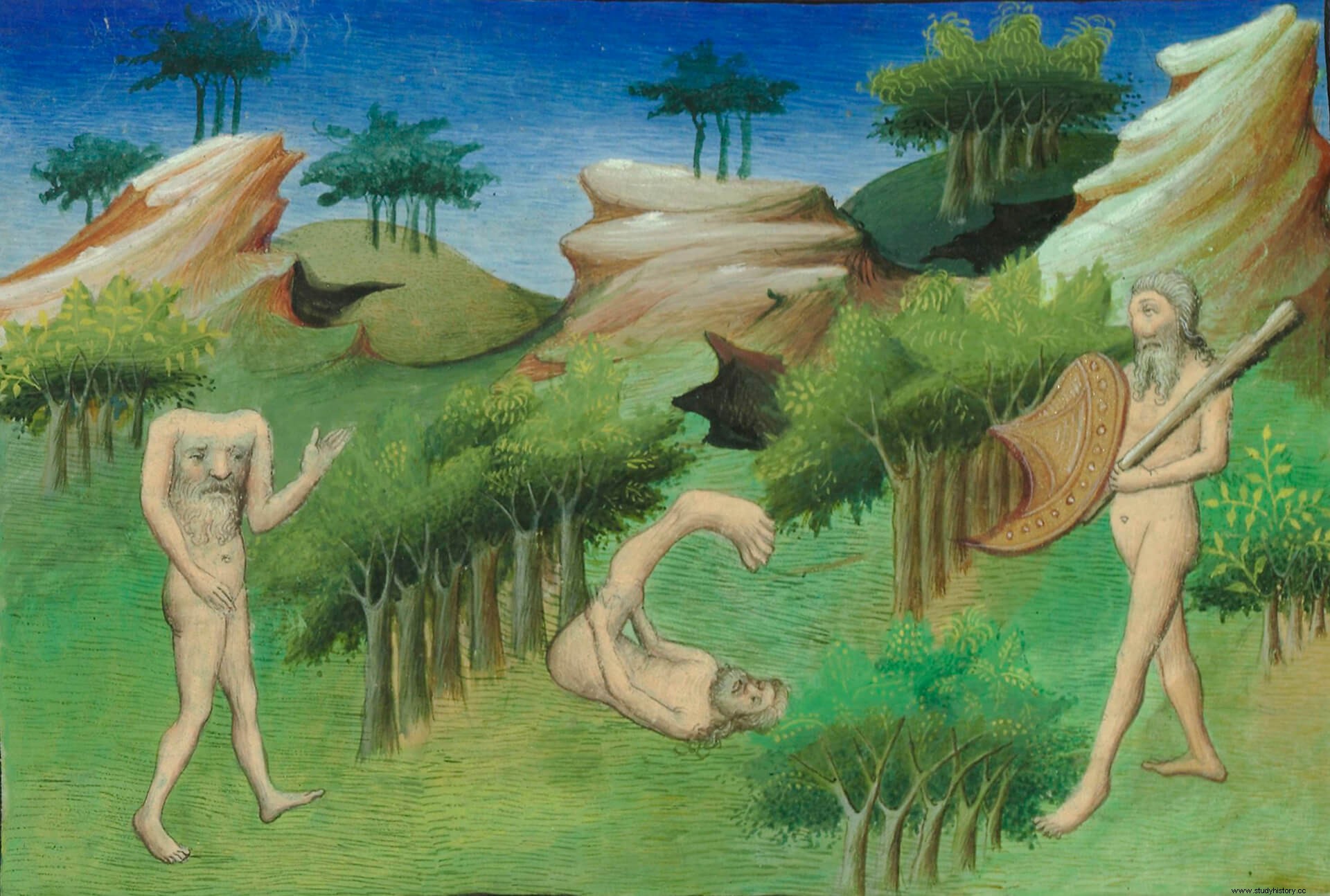
On the Roman world map at the turn of the century IV d. C. ORBIS ROMANVM – MCXXXI AB VRBE CONDITA based on the famous Tabula Peutingeriana that we are giving away on the occasion of the 50th issue of Desperta Ferro Antigua y Medieval:Adrianópolis , we find, among many other data, some references to certain mythological creatures in Antiquity , such as the cynocephalians, to which the Tabula It is located on the coast of the Sinus Arabicus, the current Red Sea. In addition, we have allowed ourselves to add to our ORBIS ROMANVM some of the monstrous races collected by classical geographers:the blemmies, the sciapods, the manticore, the nulli, the arimapos or the hyperboreans. These races of monstrous beings have a long presence in the Geographies Greco-Roman, and in our case they come from the Natural History by Pliny the Elder and the Physiologus , an anonymous Alexandrian written around the year 400 and which includes descriptions of beasts and fantastic creatures.
Mythological creatures in Antiquity
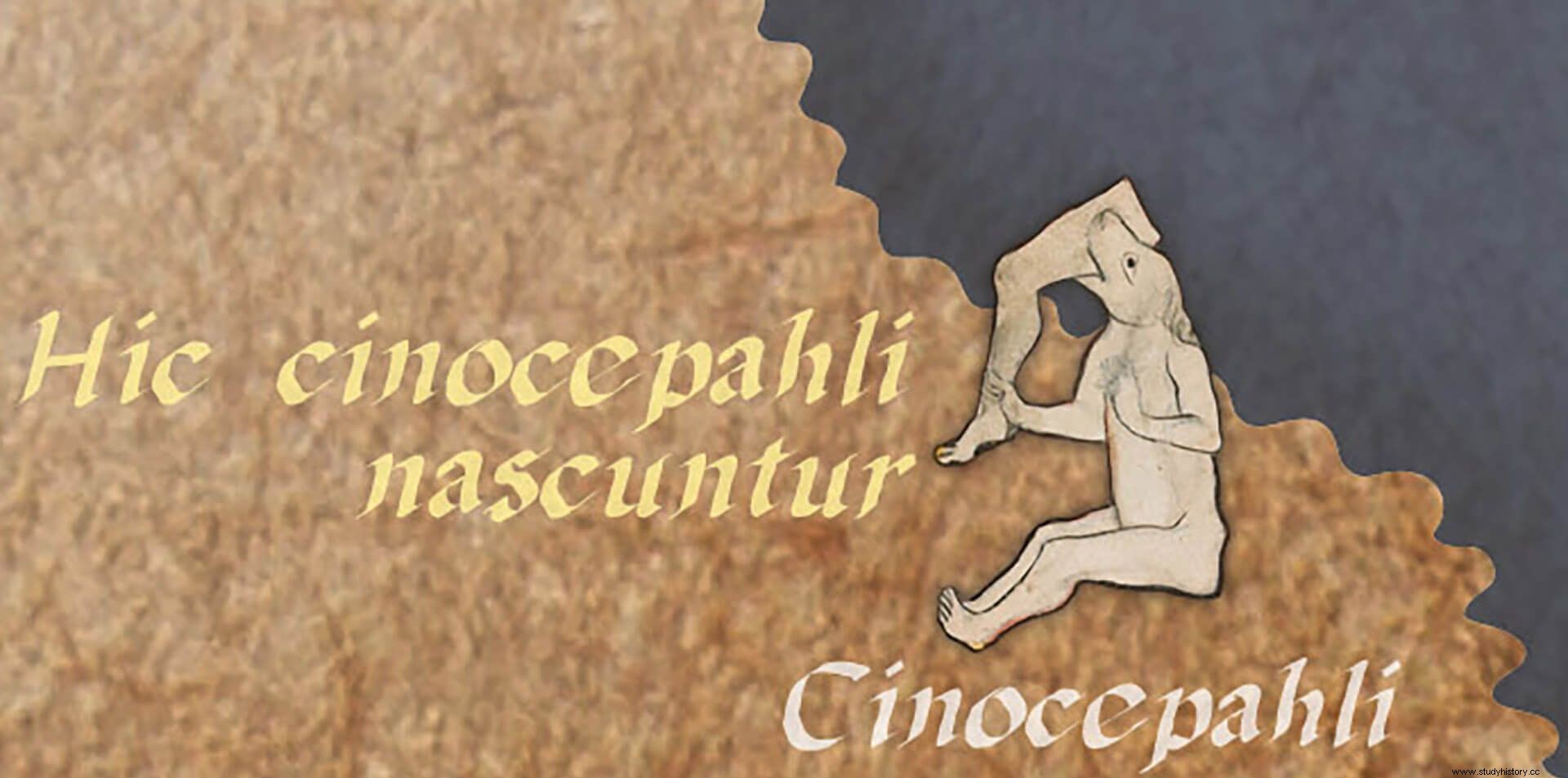
The aforementioned cynocephalians (Cynocephalus in Latin or Kynokephalos in Greek, from kynos , “dog”, and kepahlos , "head"), were a tribe of individuals with, as their name suggests, the head of a dog and the body of a man who would inhabit Africa and India, true terrae incognitae where in the classical world all kinds of wonders are located. Already the Greek poet Hesiod in the 8th century BC. C. attributed the origin of these beings to Gaia, goddess of the earth and mother of all the celestial gods, and Epaphos, who in Greek mythology was king of Egypt and son of Zeus (Catalogus mulierum 40, although the traditional attribution of this poem to the Boeotian poet is highly disputed). These deities would be the parents of the cynocephalians, who according to Herodotus inhabited the eastern region of Libya (Herodotus, Historias IV.191.3). Megasthenes, a 4th century BC geographer. C. collected by Pliny the Elder, places the cynocephalians in the African mountains, dressed in the skins of the beasts they hunted for food and communicating with each other by barking (Pliny the Elder, Naturalis historia VII. 23).
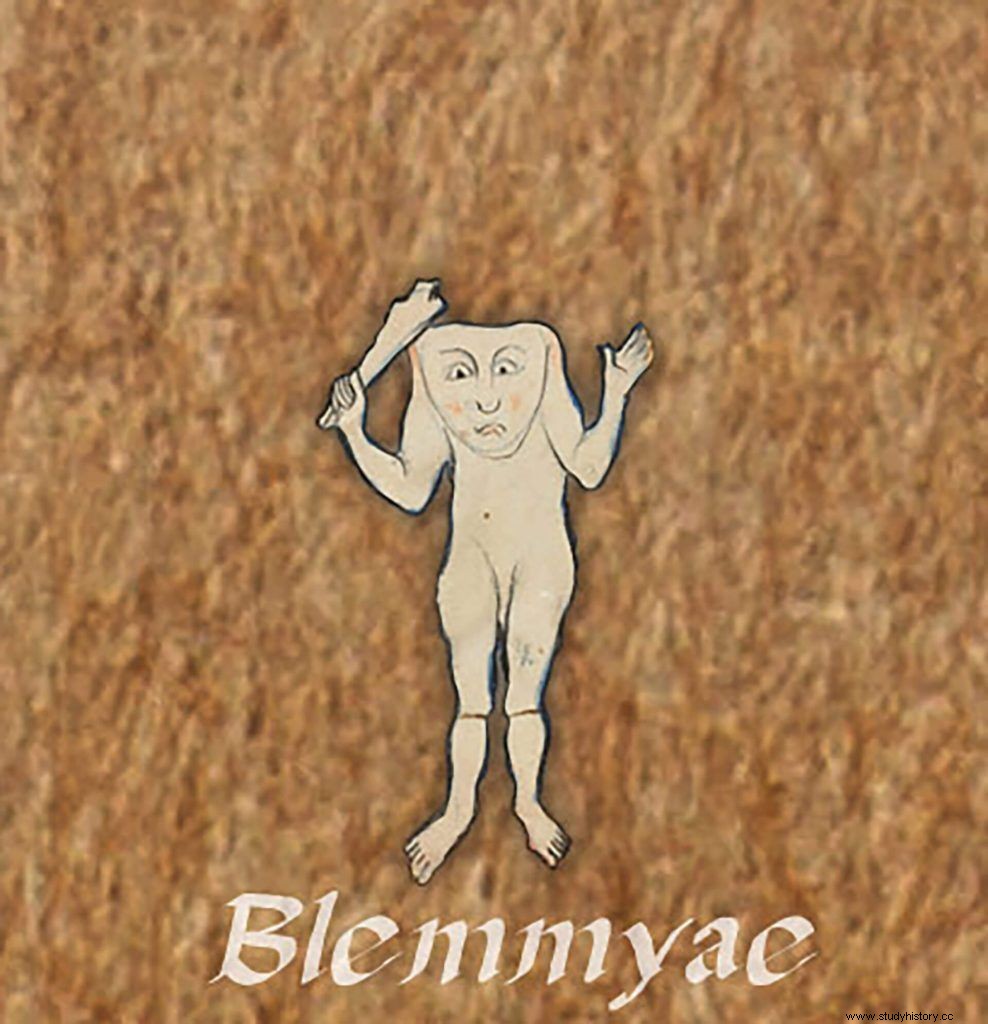
The blemias , also known as Sternophthalmoi ("chest eyes"), would have the face located in the chest. According to Herodotus, the blemmies would have coexisted with the cynocephalians in the wildest forests of Libya, especially in mountainous regions (Hdt. Hist. I V.191.3). And continuing with the extravagant body morphology, we find the sciapods (skiapous in Greek). Also called monoscelos, they had a single leg, of a disproportionately large size, which they raised as an umbrella to shade themselves in the arid lands of Africa and India in which they lived. These creatures appear as early as 414 BC. C. in The Birds of Aristophanes, and later Pliny the Elder comments that Ctesias, a Greek historian of the fifth century a. C., mentions them, highlighting their extraordinary ability to move quickly by jumping with their only leg (Plin. HN VII. 23).
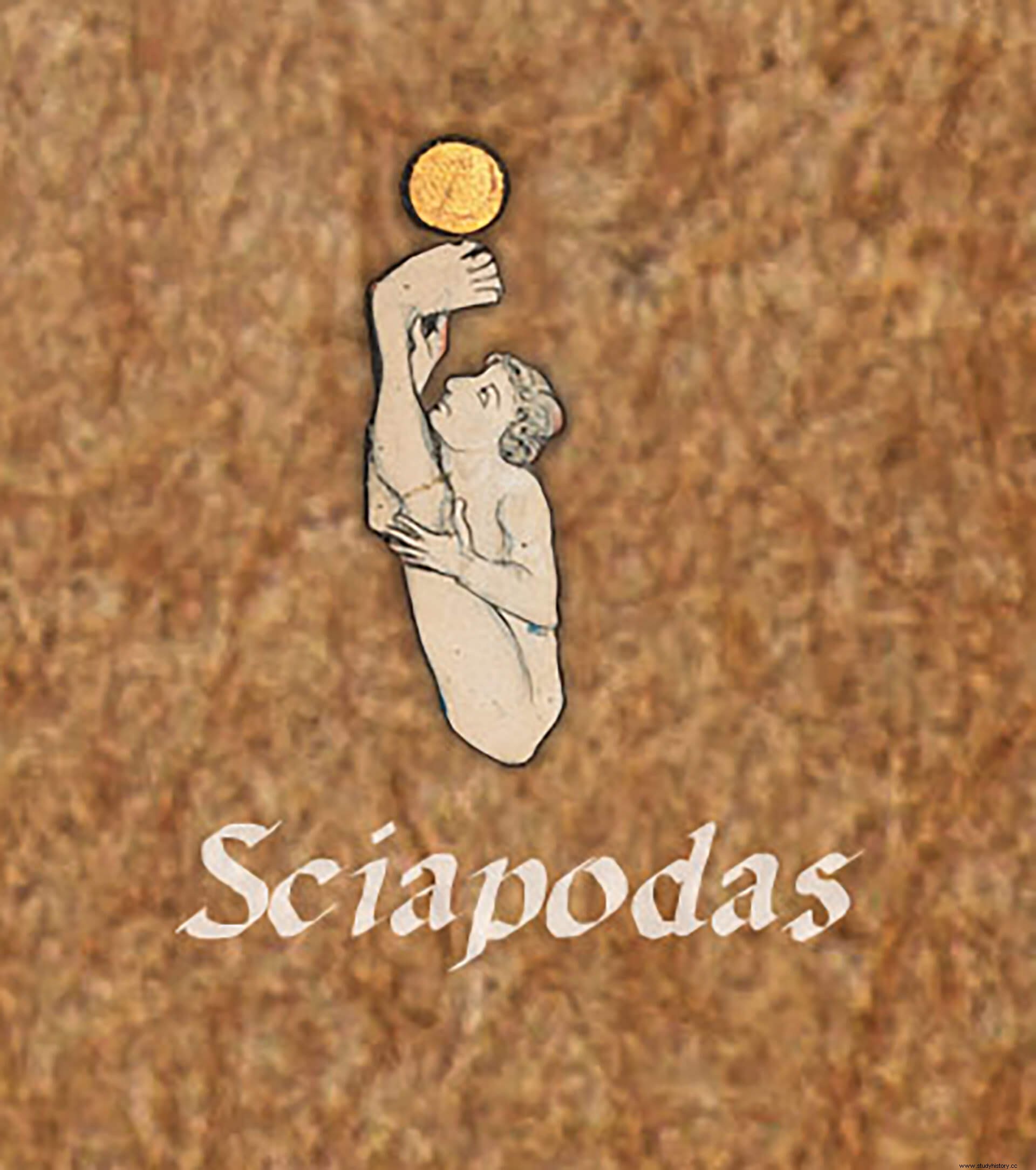
Two other species that appear in our ORBIS ROMANVM are the Nuli and the Arimaspoi, whom we have located in the eastern part of Europe, poorly known regions in the classical world, turned towards the Mediterranean like frogs around a pond, according to the famous expression that Plato put in the mouth of Socrates in the Phaedo (109a-b). The nuli or nuloi had the peculiarity of having legs facing backwards and eight toes on each foot (Plin.HN VII. 23). For their part, the arimaspoi they were a tribe of one-eyed men who lived on the slopes of the Rhipaion Mountain, probably from the Carpathians. Herodotus in his Historiai, explains that these beings maintained a constant fight with the griffins , winged creatures with the head of an eagle and the body of a lion who guarded the gold of the mountains (Hdt, Hist . III. 116. 1.)
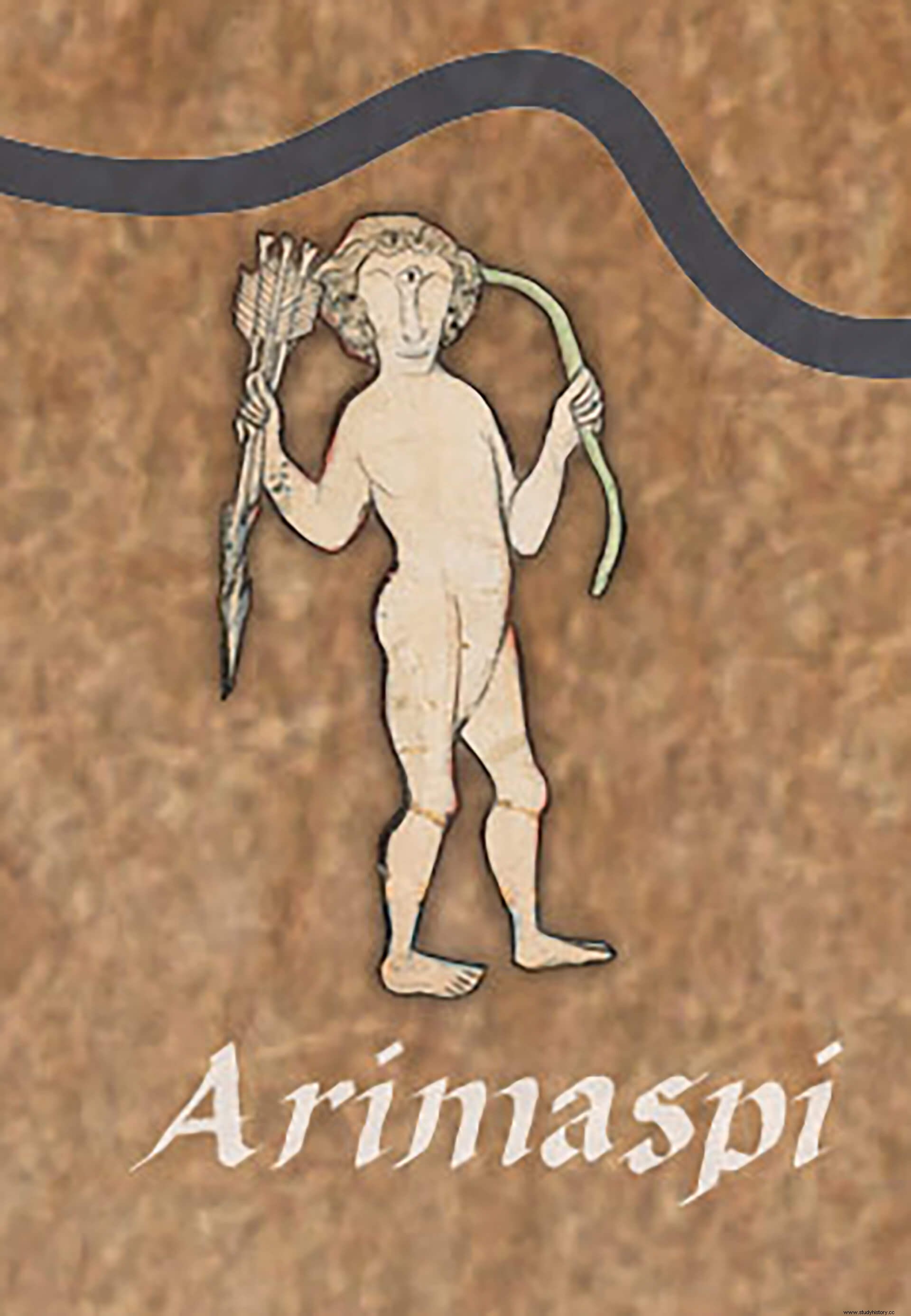
For their part, the manticores They were man-eating monsters to which ancient historians attribute characteristics such as:
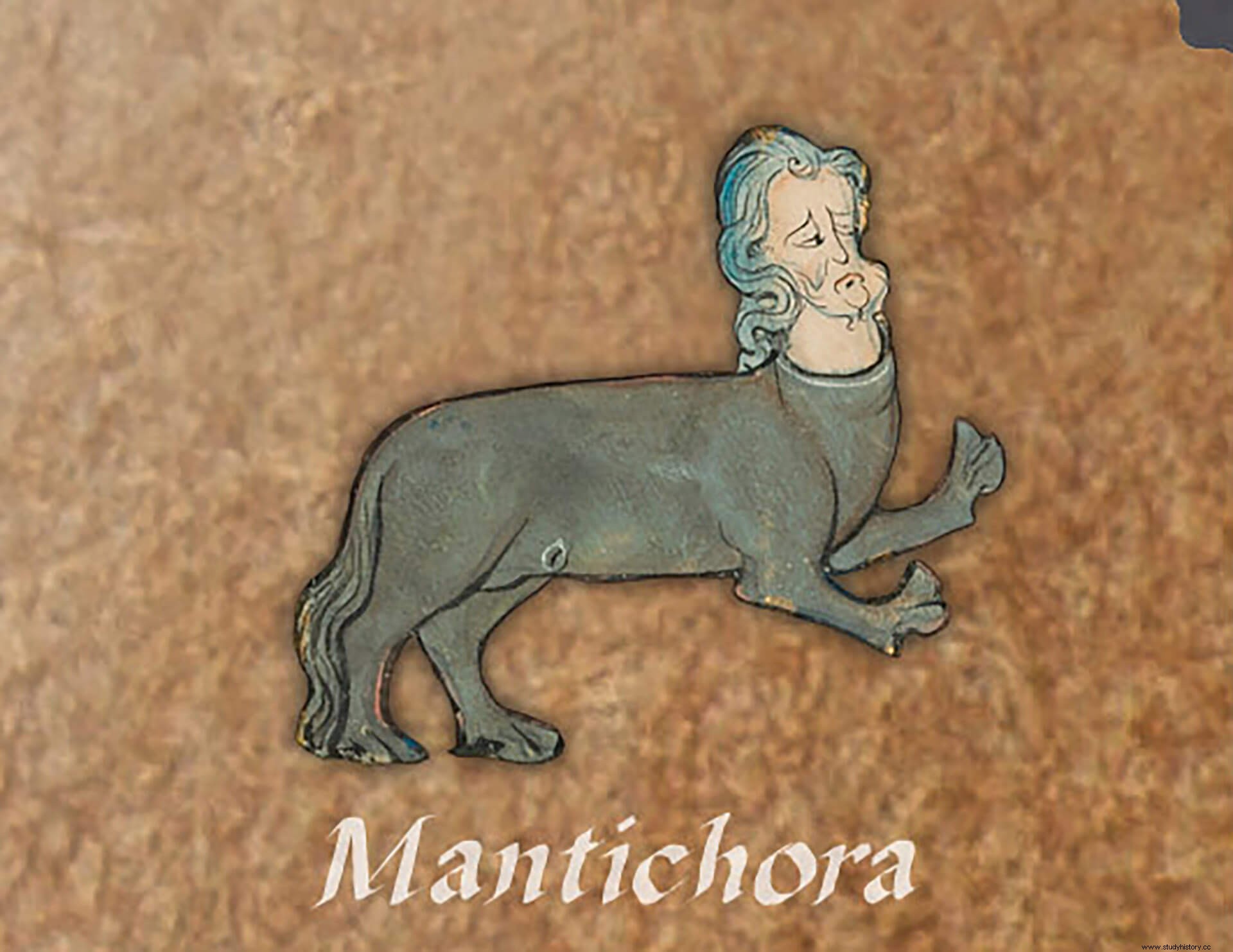
In the northernmost area of the ORBIS ROMANVM, we found the Hyperborea region. In Greek mythology, Boreas (Βορέας ) was the god of the north wind, so Hyperborea would be "beyond the north wind". According to the classical poet Pindar “neither by boat nor on foot would you find the wonderful way to the assembly of the Hyperboreans ” (Pindar, Pythian X). These beings were giants about three meters tall, descendants of Boreas and the snow nymph and, according to Aelian, they were the ones who founded the first theocratic monarchy (Aelian, Natura Animalium ).
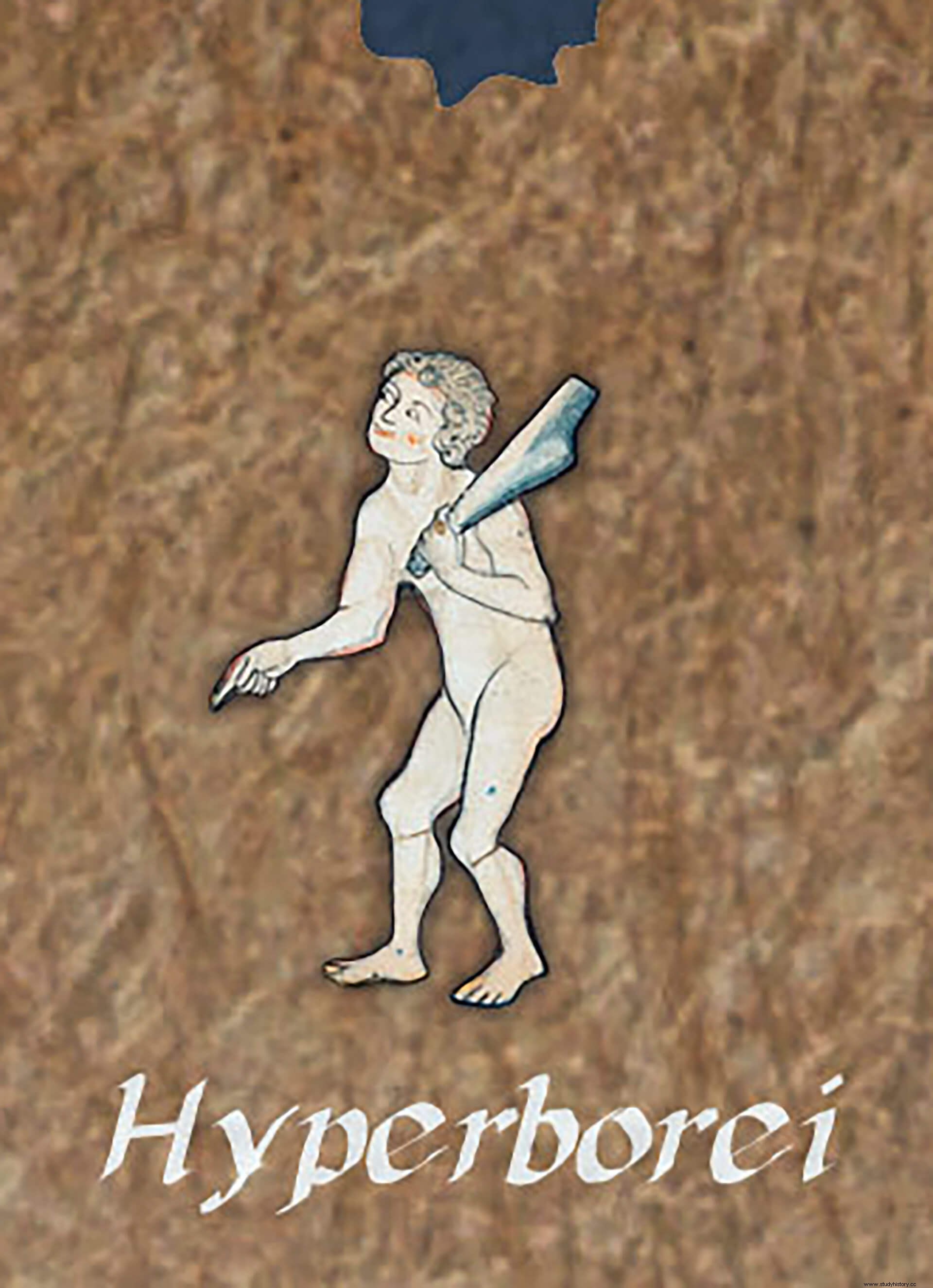
Order and chaos
We must highlight the eccentric geographical situation that the authors of classical antiquity always attribute to these beings, since it tells us a lot about their geographical perception and their vision of otherness . The monsters inhabited a marginal space, away from civilization, an unknown, chaotic land where the natural order was subverted, totally different from their oikumene civilized. They are unique geographies, very different from those inhabited by human beings. The monsters, as well as the barbarians, are not found in the space ordered and regulated by men, which would be the city, the polis , but they populate the most remote jungles and forests, as well as the most unknown oceans. The monsters express the other possibility of non-political life, in the mountains, in the sea, in the jungles, in the limits of the civilized world. With them they build the landscape of the Other and in its contrasts the familiar, welcoming and orderly environment of what is their own is configured.
Finally, it is important to note that these fantastic beings have endured through myths and legends to the present day, being the protagonists of works throughout history. In medieval times a special interest in these mythological species arose and profusely illustrated manuscripts circulated of the work of Pliny the Elder, the basis of different bestiaries, the Aberdeen Bestiary , illuminated in England in the 12th century and which uses Natural History as its main sources. of Pliny and the Physiologus Greek.
Bibliography
- Atsma, Aaron J. Theoi Greek Mythology. 2000-2017. Accessed 10/15/2018. http://www.theoi.com/Phylos/Sternophthalmoi.html
- Olmos, R. (2007) "Monsters and imaginary geographies in ancient Greece" in Conferences on antiquity . Provincial Council of Guipuzkoa
